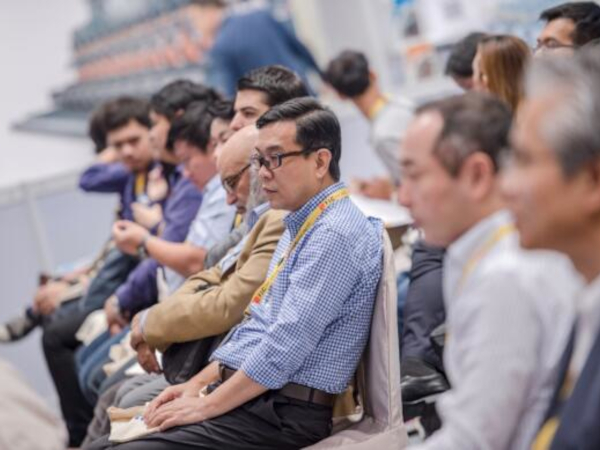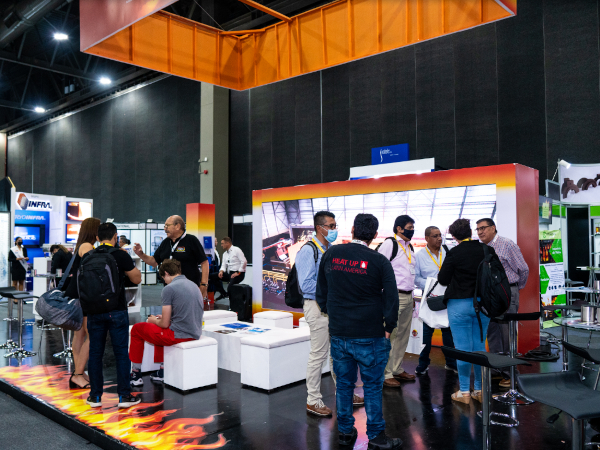Date: 29 January 2010
The company presents its product highlights for glass melting process at the Glassman South America. It will be held in Sao Paulo, Brazil on March 9 &10 at the Fecomércio Exhibition Center.
Extreme temperatures, aggressive glass melts and oxidizing atmospheres - these are the main challenges in the glass melting industry. PLANSEE molybdenum glass melting electrodes, stirrers and innovative products such as the so called glass tank reinforcements are resistant to molten glass even at the highest temperatures. PLANSEE products continually lead the way to a more cost-effective glass melting process and can increase the productivity and lifetime of the glass tank. At the Glassman South America 2010, PLANSEE’s local service team, as well as glass experts from the company’s headquarter in Austria, are at the visitors’ disposal to discuss future trends and developments in the field of glass production.
Product Highlights at the Glassman South America
PLANSEE glass melting electrodes are state-of-the-art in today’s glass production. They help to reduce CO2 emissions, and contribute to an improved glass quality, increased productivity and higher flexibility regarding tonnage output. They are characterized by their high material strength and creep resistance as well as their excellent corrosion resistance due to their fully dense surface. PLANSEE molybdenum glass melting electrodes with standardized diameters are available directly from stock within a short time. PLANSEE also offers customized finishing with regard to dimensions, threads, drills and coatings. A new development from PLANSEE are glass melting electrodes made of MoZrO2, a molybdenum alloy with improved corrosion resistance against glass melts. This new quality of glass melting electrodes is unique and the PLANSEE glass team is looking forward to discussing its advantages with the visitors at the Glassman South America.
A crucial point in the usage of molybdenum is its weak oxidation resistance. At approximately 400 °C / 752 °F molybdenum starts to react with oxygen forming gaseous MoO3. With the PLANSEE patented SIBOR® coating which protects against the oxidation of molybdenum the problem is reliably solved. The molybdenum, e.g in the form of glass melting electrodes, can be installed in the cold tank before the firing up process starts. Any risk is avoided, no damage of molybdenum parts can happen anymore. No further protection, e.g. by glass sand and / or batch is needed. The SIBOR® coating guarantees an oxidation protection 5000h at 1200°C, 500h at 1400°C and even 50 h at 1600°C.
Molybdenum has a significantly higher corrosion resistance against glass melts than AZS ceramics. Therefore molybdenum glass tank reinforcements can protect highly-loaded areas in the glass tank from corrosion and can improve the quality of the glass melt. PLANSEE glass tank reinforcements are mainly applied for the throat, bubbler and wall as well as the doghouse. Together with the PLANSEE patented oxidation protection coating “SIBOR®” these assemblies can be installed in the cold tank during a rebuilt. They are widely in use especially in high aggressive glass melts as opal or borosicate glasses.
PLANSEE High Performance Materials
PLANSEE is the largest manufacturer of powder metallurgically processed refractory metals. With its complete in-house manufacturing, special deformation technologies and in-depth application know-how, PLANSEE is the preferred partner for numerous industries.
Join Us!







Add new comment